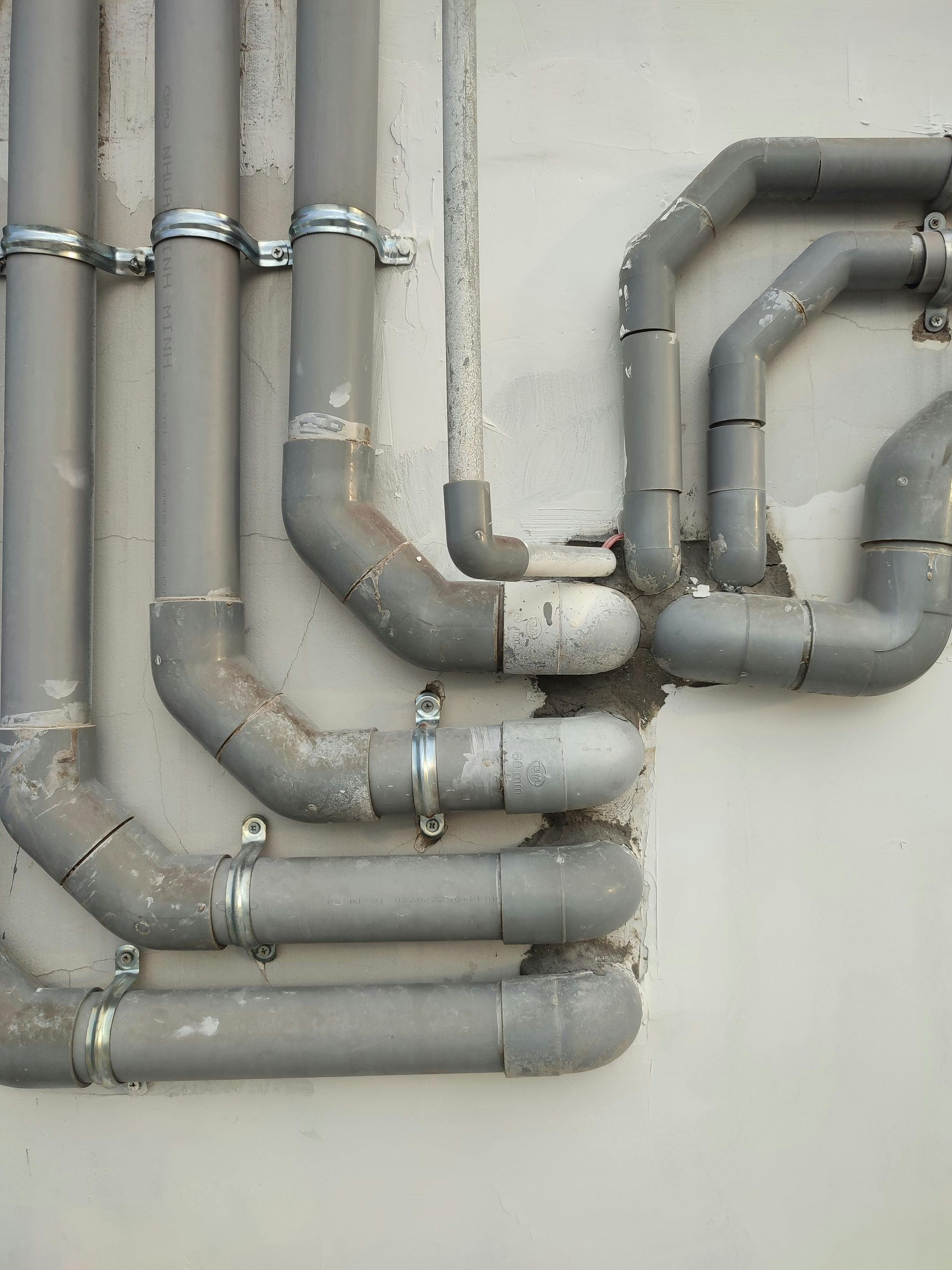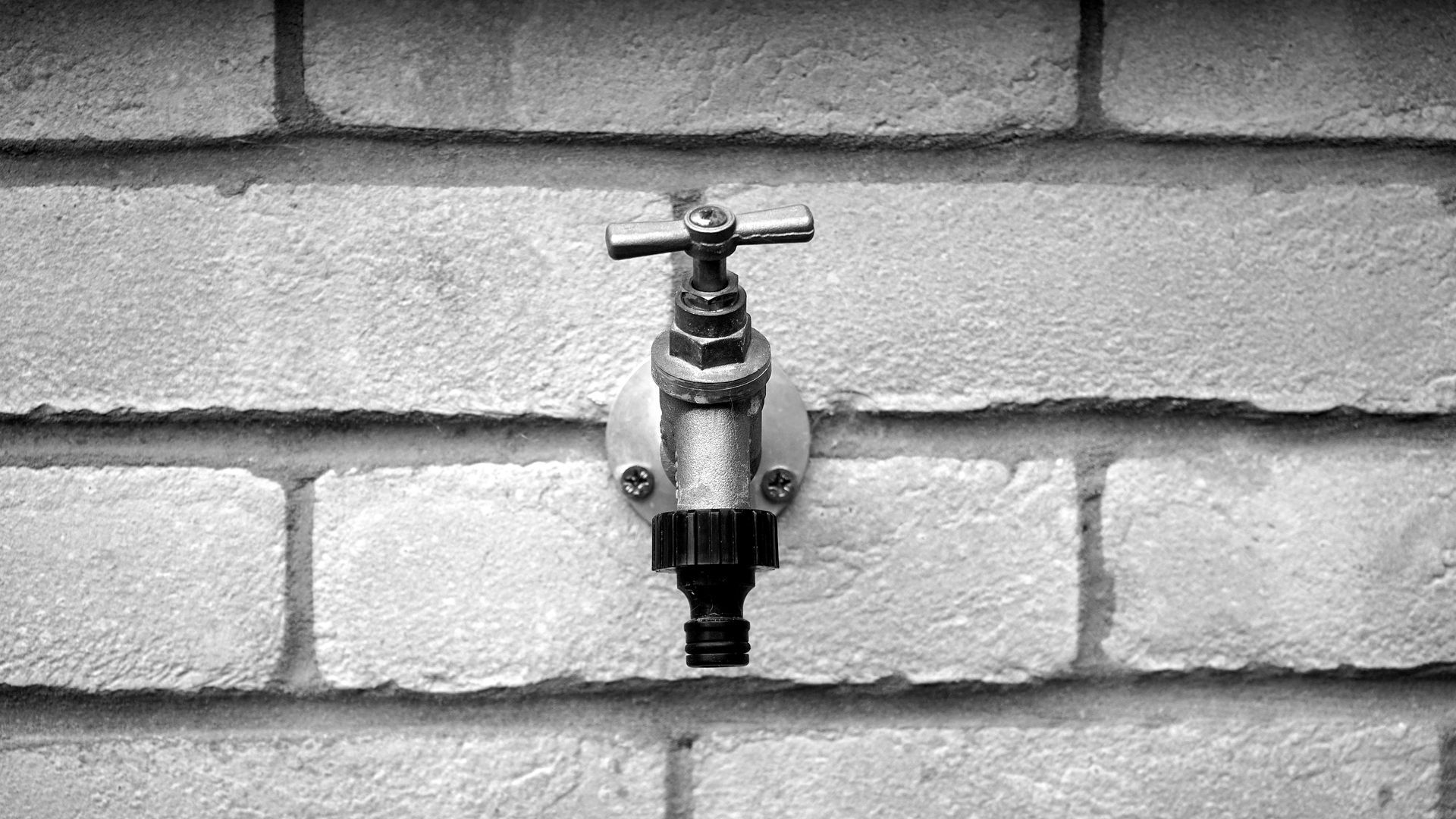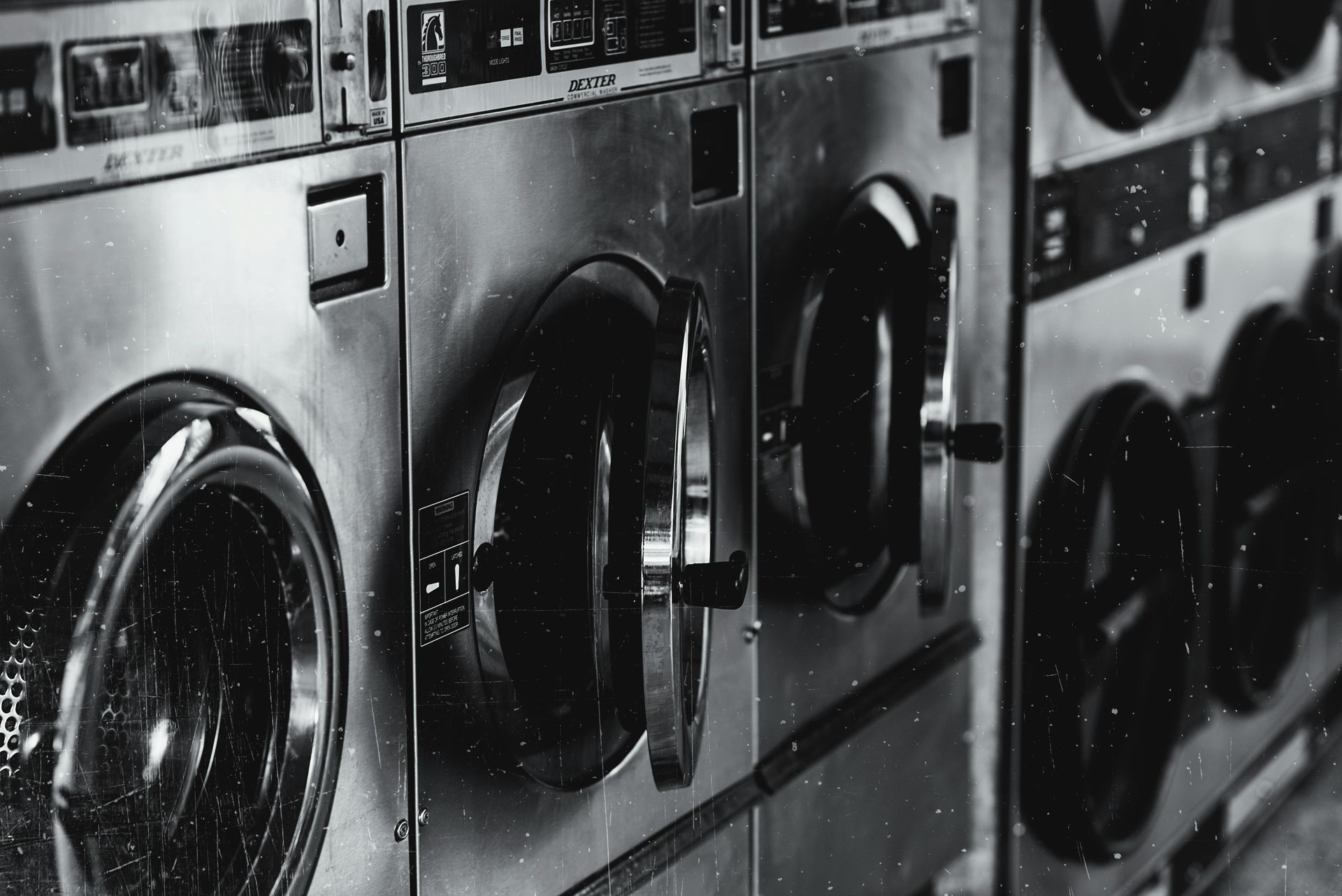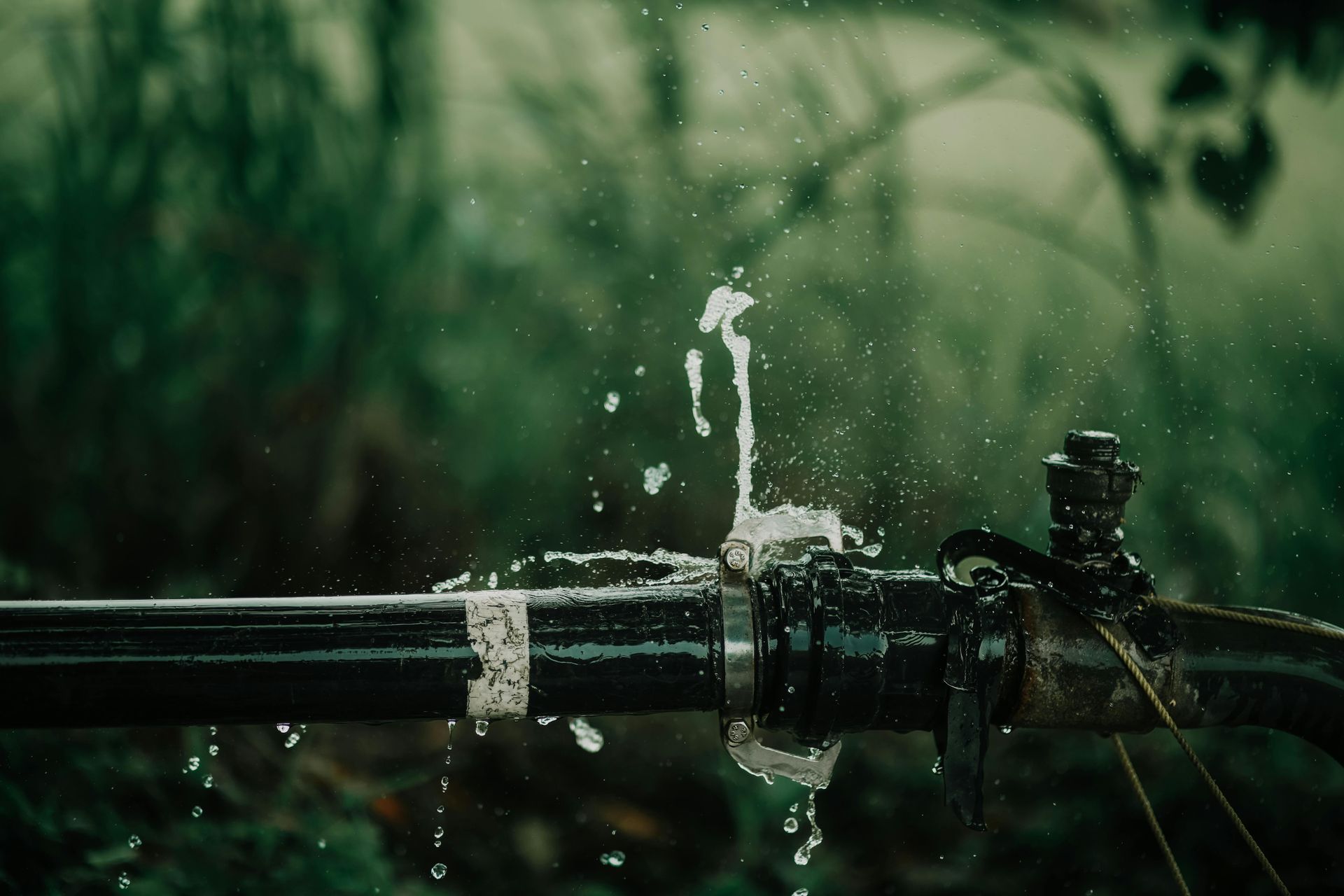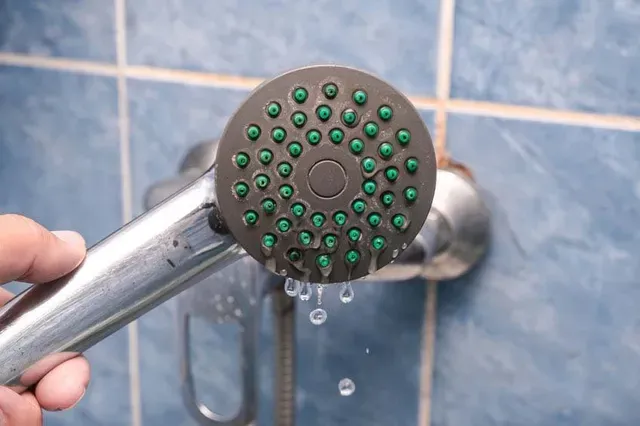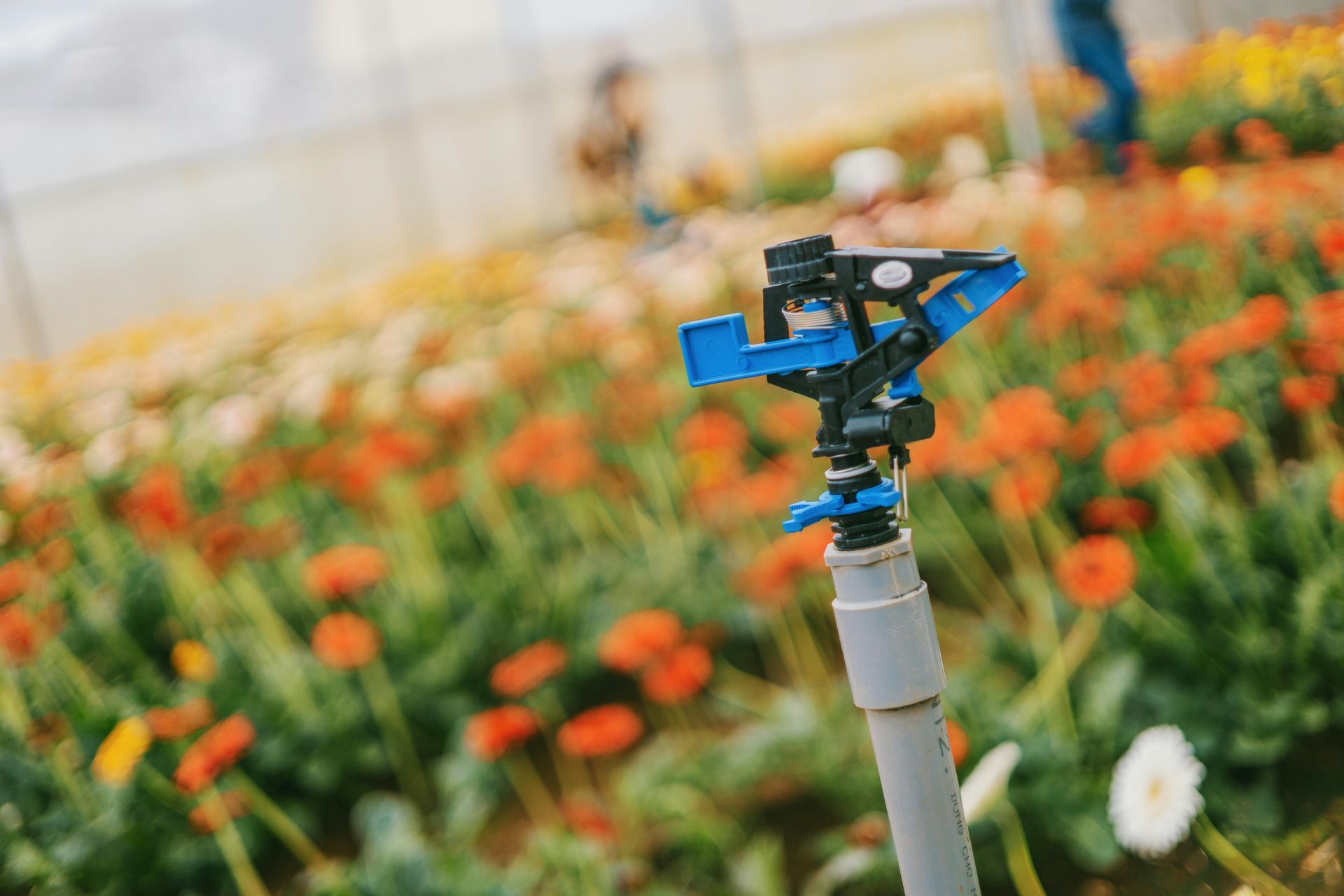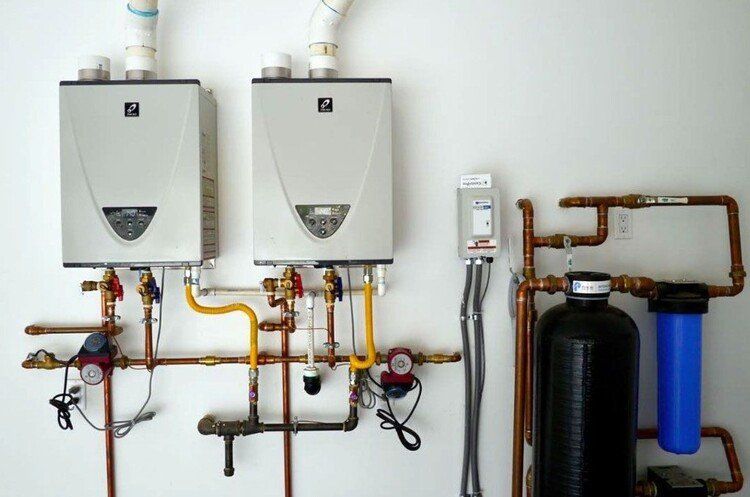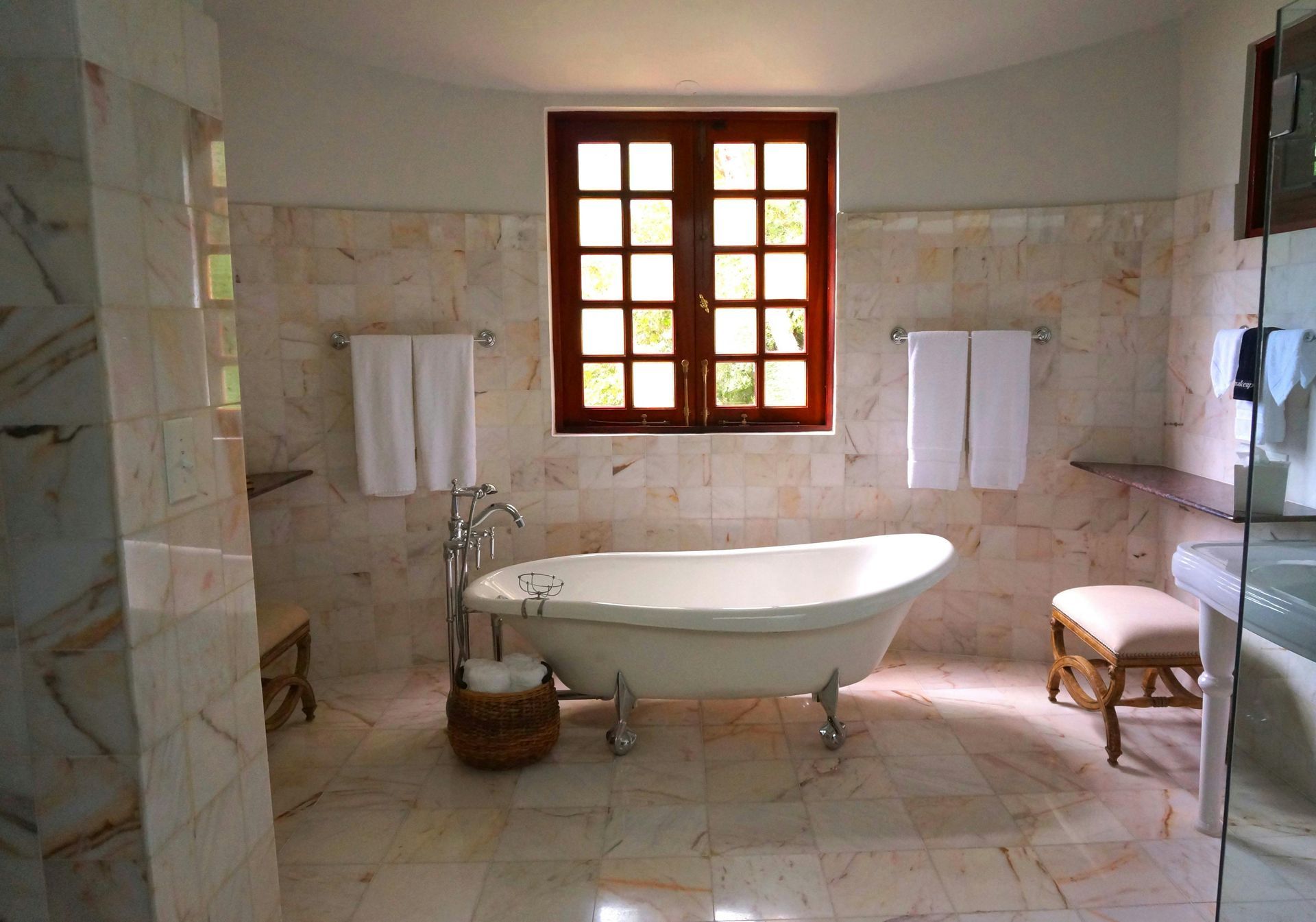How to Choose the Right Sewer Line Material
Choosing the right sewer line material is a critical decision when installing, repairing, or replacing your sewer system. The type of material you choose will significantly impact the system's durability, cost, and performance. Sewer lines are the unsung heroes of a property’s plumbing system, responsible for transporting wastewater away from your home or business efficiently. However, with various materials available—each with unique strengths and weaknesses—it’s essential to understand the options before making a decision. This comprehensive guide explores the factors you need to consider, the most commonly used materials, and how to select the one that suits your needs best.
Factors to Consider When Choosing Sewer Line Materials
The material of your sewer line determines how well it performs under specific conditions. Begin by evaluating the following:
Soil Conditions: The type of soil on your property can impact the longevity of certain materials. For example, acidic or clay-heavy soils might corrode or compress specific types of pipes faster than others.
Local Climate: Freeze-thaw cycles in colder climates can damage certain materials, while others may be better suited to withstand temperature fluctuations.
Durability Requirements: If you’re looking for a long-lasting solution, investing in high-quality materials upfront can save you from frequent repairs or replacements.
Budget Constraints: Some materials are cost-effective upfront but may require more maintenance, while others may have a higher initial cost but offer long-term savings.
Regulations and Codes: Local building codes often dictate acceptable sewer line materials. Ensure your choice complies with these standards to avoid fines or complications.
Future Accessibility: If repairs or maintenance are required, some materials are easier to work with than others.
Overview of Common Sewer Line Materials
Several materials dominate the market for sewer lines, each with its advantages and drawbacks. Here’s an in-depth look at the most common options:
1. PVC (Polyvinyl Chloride)
PVC pipes are a modern favorite due to their affordability, lightweight nature, and resistance to corrosion. These pipes are non-reactive, making them ideal for areas with corrosive soil or high moisture content. They are also easy to install and require minimal maintenance. However, PVC pipes can become brittle over time, particularly when exposed to prolonged UV light. Additionally, they may not withstand extreme temperatures or heavy ground pressure as effectively as other materials.
2. Cast Iron
Cast iron pipes have been used for decades due to their incredible strength and longevity. These pipes can last up to a century with proper maintenance, making them a reliable choice for many homeowners. Cast iron is highly resistant to crushing and can handle heavy loads, which makes it suitable for urban areas or properties with frequent vehicle traffic. However, cast iron is prone to rust and corrosion, particularly in areas with high water content or acidic soils. It is also heavier and more expensive to install than PVC.
3. Clay Pipes
Clay pipes, one of the oldest materials for sewer systems, are still used in certain areas. They are environmentally friendly, highly durable, and resistant to chemical damage. Clay pipes perform well in areas with acidic soil, as they are less likely to corrode. However, they are brittle and prone to cracking under pressure or shifting ground. Installation can be labor-intensive, and these pipes are not the best choice for areas prone to heavy vehicle traffic or ground movement.
4. HDPE (High-Density Polyethylene)
HDPE pipes are a newer option gaining popularity for their flexibility and durability. They are resistant to corrosion, chemical damage, and temperature fluctuations. HDPE pipes are also seamless, which minimizes the risk of leaks and blockages. Their flexibility makes them an excellent choice for areas with frequent ground movement or seismic activity. However, HDPE pipes can be more expensive than PVC and may require specialized equipment for installation.
5. Concrete Pipes
Concrete pipes are often used for large-scale municipal sewer systems due to their strength and ability to handle high volumes. These pipes are durable and can last for decades when properly maintained. However, they are rarely used in residential applications due to their high cost, weight, and the complexity of installation. Concrete pipes are also prone to chemical erosion, particularly from wastewater containing sulfates.
6. Orangeburg Pipes
If you’re dealing with an older property, you may encounter Orangeburg pipes, made from a compressed wood fiber and tar composite. While these were a common choice in the mid-20th century due to their affordability, they are now obsolete. Orangeburg pipes are weak and prone to collapse over time, making replacement a necessity.
Steps to Choosing the Right Sewer Line Material
To determine the best sewer line material for your property, follow these steps:
Assess Your Property’s Needs: Evaluate the factors like soil type, climate, and potential ground movement. For example, if you live in an area with acidic soil, opt for a material resistant to corrosion, like PVC or HDPE.
Consult Local Building Codes: Some regions may prohibit certain materials due to environmental or safety concerns. Verify compliance with local regulations before purchasing.
Factor in Lifespan and Maintenance Costs: Consider how often the material may need repairs or replacements. A higher initial investment in durable materials like cast iron may save you money in the long run.
Seek Professional Advice: Consult a licensed plumber or contractor to help you weigh the pros and cons of each material based on your specific circumstances.
Consider Environmental Impact: If sustainability is important to you, look for eco-friendly options like clay pipes or recycled materials.
The Importance of Professional Installation
Regardless of the material you choose, proper installation is crucial to ensure your sewer system functions efficiently. Faulty installation can lead to leaks, blockages, or even premature failure of the pipes. Hiring experienced professionals ensures the job is done correctly and your investment is protected.
Conclusion
Choosing the right sewer line material is not a decision to take lightly. It requires careful consideration of your property’s unique needs, local regulations, and long-term maintenance expectations. Whether you opt for the affordability and versatility of PVC, the strength of cast iron, or the flexibility of HDPE, the goal is to select a material that provides reliable performance for years to come. Consult with professionals, weigh your options carefully, and invest in quality materials to safeguard your home’s plumbing system against future issues.

